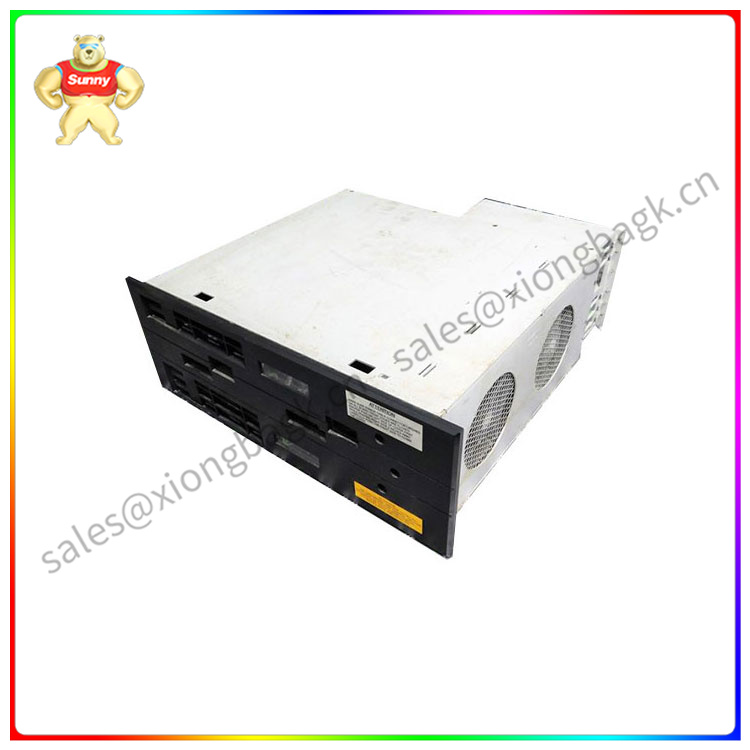Neusoft’s third-generation forward looking intelligent camera X-Cube 3.0 adopts Anba CV22 AI visual perception SoC, and the AI perception algorithm for L2+ level is based on the Anba CV22 platform to achieve mass production, jointly providing OEM with safe and efficient passenger car product technology and solutions.
Based on Neusoft Ruchi’s nearly 20 years of experience in the development of autonomous driving AI visual perception algorithm, its self-developed neural network algorithm makes full use of the high AI performance and powerful image processing capability of Anba CV22 SoC to realize the simultaneous deployment of multiple models such as detection model, segmentation model and semantic classification model. The optimized training is carried out for the road environment with Chinese localization characteristics, the behavior habits of domestic drivers and the complex traffic environment, such as special vehicles, pedestrians with abnormal posture, shielded pedestrians, fences, barricades, special linear lane lines and other scenes. With the support of the CV tool of the CVflow® AI architecture platform and the local technical team, Neusoft Ruchi’s AI model has achieved a breakthrough in optimization efficiency by achieving an average of 50% unstructured sparse and more than 30% inference performance improvement, ensuring the high accuracy of the algorithm and bringing users a safer and more comfortable driving experience.
CV22 SoC of Amba adopts self-developed CVflow AI architecture, which can realize efficient processing of AI algorithm. And the use of 10 nm car regulation process, low power consumption, high efficiency. After polishing many passenger car mass

51402455-100-MP-DNCF02-200
production projects in recent years, the tool chain of Anba CV chip platform has matured and supports various neural networks, which can easily carry out the whole process of model import, quantization, sparseness, compilation and operation. In particular, it supports unstructured sparse acceleration and retraining to compensate for loss of quantization accuracy, which has the advantages of high execution efficiency and small memory bandwidth consumption when running the same network. The Amba CV Series SoC platform provides customers with extensive documentation and includes examples of various open source networks, as well as training videos. The local support team communicates seamlessly with customers to help them take full advantage of their algorithms and systems and facilitate their intelligent innovation.
Liu Wei, deputy general manager of Neusoft Ruchi, said: “L2 and above level of intelligent driving function is really landing, need to refine the application algorithm, maximize the chip capabilities, functional safety and information security engineering landing and platform rapid iterative reuse, which requires relevant enterprises to have excellent algorithms, powerful software architecture and high-performance, highly reliable vehicle level chip integration.” The cooperation between Anba and Neusoft Ruchi will effectively promote the landing of domestic autonomous algorithms, provide innovative technology applications for the industry, and create a new ecology of intelligent connected vehicles.”
Wang Fengmin, President and CEO of Amba, said: “We are honored to cooperate with Neusoft Ruchi on L2 level forward-looking ADAS products, and we are pleased to see that both parties have achieved good results in mass production for domestic passenger car customers. Our CVflow AI SoC provides a high-performance AI processing engine for Neusoft’s advanced neural network algorithms, and comes with a high-quality image processing ISP that is the industry benchmark, and its ultra-low power consumption of 10 nm vehicle range can also help the passenger car L2 ADAS product quickly land.”
In the future, Anba will continue to cooperate with Neusoft Ruchi on Anba’s next-generation chip platform to create a unique technical advantage and higher-level intelligent driving system, promote the development of L2 and L2+ level automatic driving for Chinese passenger cars, help OEM high-level automatic driving models to be mass-produced, and bring consumers a safer and more comfortable driving experience.
 中文版
中文版




